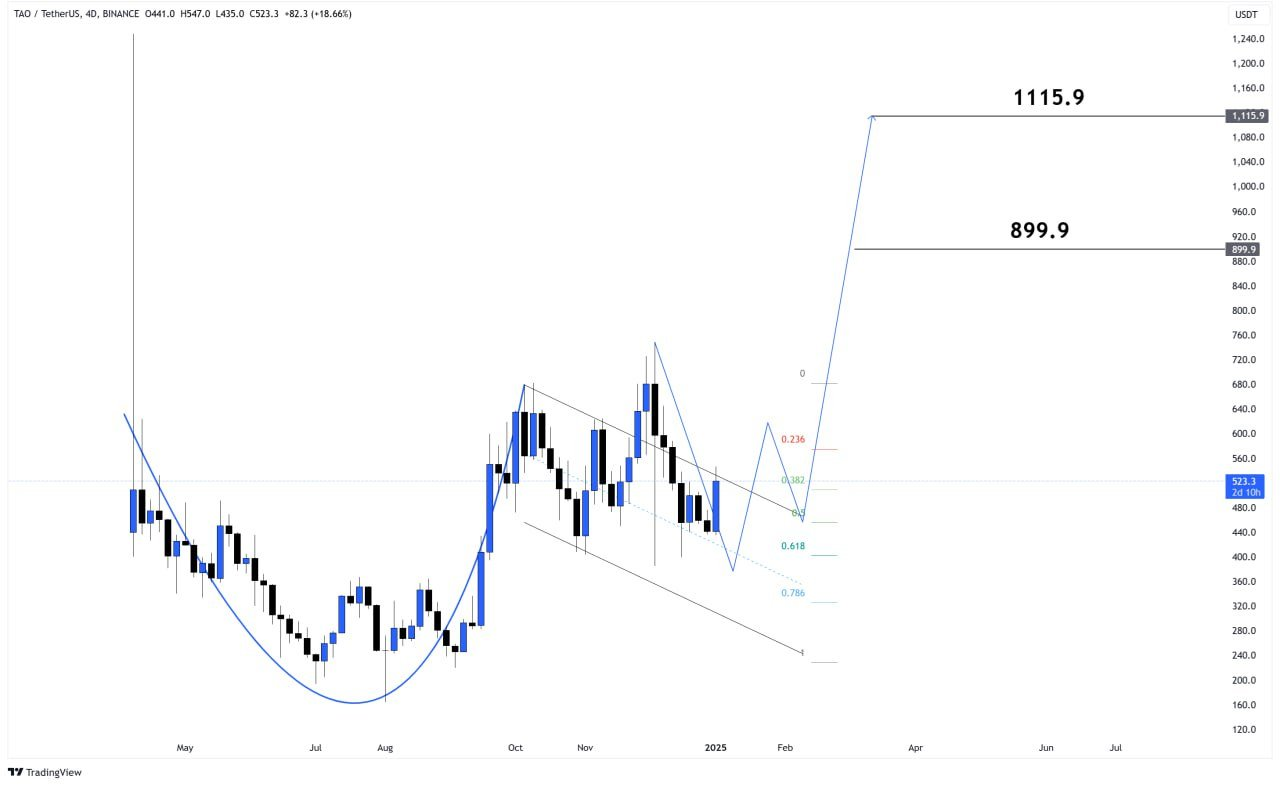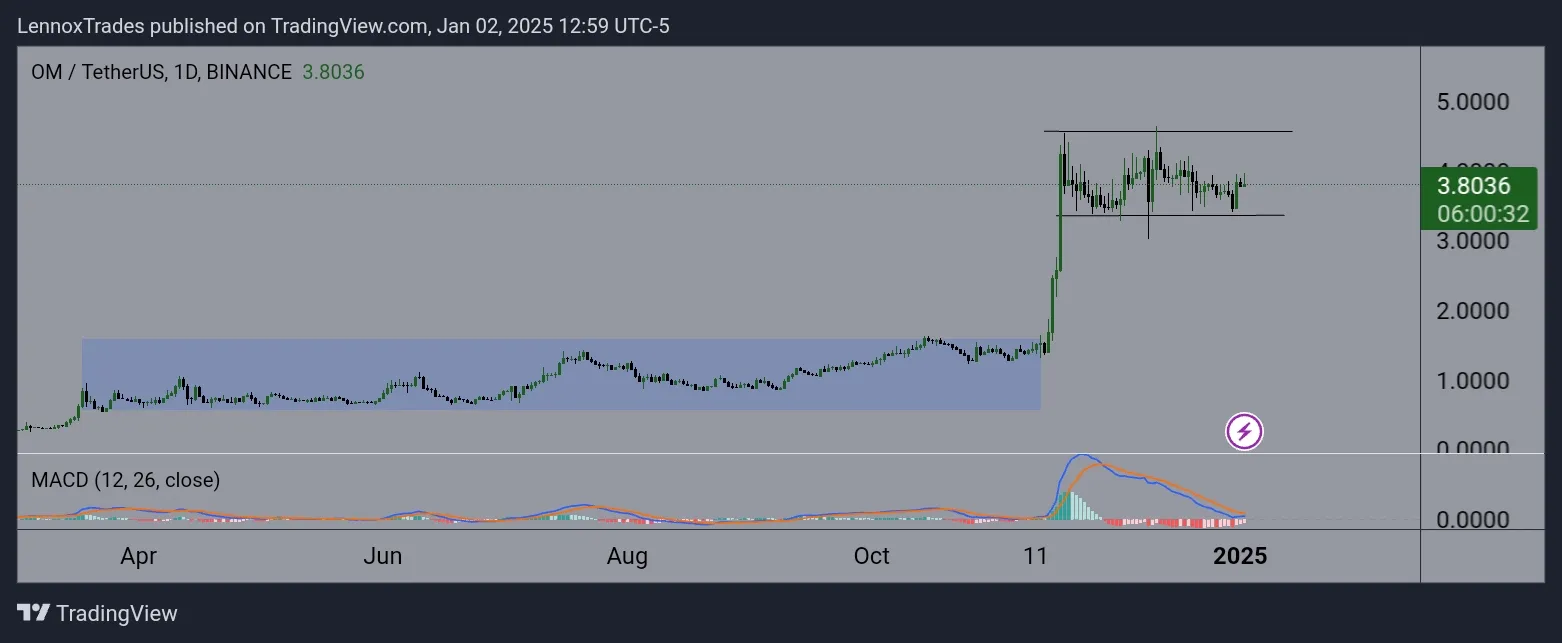DePIN projects saw revenue explode in 2024, reaching more than $500 million – a hundredfold increase from 2022 – according to a report from Messari.
AI-powered DePIN projects dominated the revenue streams, followed by off-chain projects. This marks a major shift compared to the past two years, when developments in the chain were responsible for almost all of DePIN’s revenue.
DePIN Growth Trejencory reflects early DeFi and NFT boom
Blockchain intelligence firm Messari has published its comprehensive update on the Decentralized Physical Infrastructure Networks (DePIN) industry.
According to the report, the number of active DePIN projects almost doubled last year. DePIN tokens now represent 5% of the total cryptocurrency market capitalization. More than 13 million devices worldwide contribute to DePIN’s activities every day.
In 2024, 20 DePIN projects exceeded 100,000 active nodes, five of which exceeded 1 million nodes.

State of DePIN in 2024. Source: Messari
Investments in such projects also increased sharply, especially in the initial phase. In the private markets, more capital was raised at pre-seed and seed levels than at Series A. In liquid markets, fully diluted valuations (FDVs) at low quotes were the main driver of high returns.
Of the top 22 DePIN tokens, only four lost their value since their token generation event (TGE). Virtuals Protocol achieved exceptional growth, with a gain of over 30,000% since the TGE. Other projects such as NEURAL and NodeAI both grew by more than 2,000%.

DePIN Crypto Projects returns since TGE. Source: Messari
Late-stage funding mainly flowed to a few high-profile DePIN projects backed by leading venture capital firms. These projects often launched tokens worth 50-100x their book value, often achieving multi-billion dollar FDVs.
Community contributions played a key role in the industry’s growth. In 2024, nearly $230 million was raised through node sales, crowdfunding and liquidity pools owned by the protocol.
Meanwhile, Solana and Base emerged as leaders in network infrastructure and consumer-facing applications, respectively. Solana’s low-latency design continues to attract infrastructure innovators, while Base benefits from Coinbase’s established brand and retail reach.
Overall, DePIN momentum remained strong heading into 2025. Sui DePIN, the first DePIN layer on the SUI blockchain, recently announced its upcoming Initial DEX Offer (IDO).
In December, Chirp launched Kage, the first play-to-earn (P2E) game on the Sui blockchain. Kage combines gaming with IoT utility, with a scavenger hunt inspired by “Pokémon Go” that rewards players through blockchain incentives.


